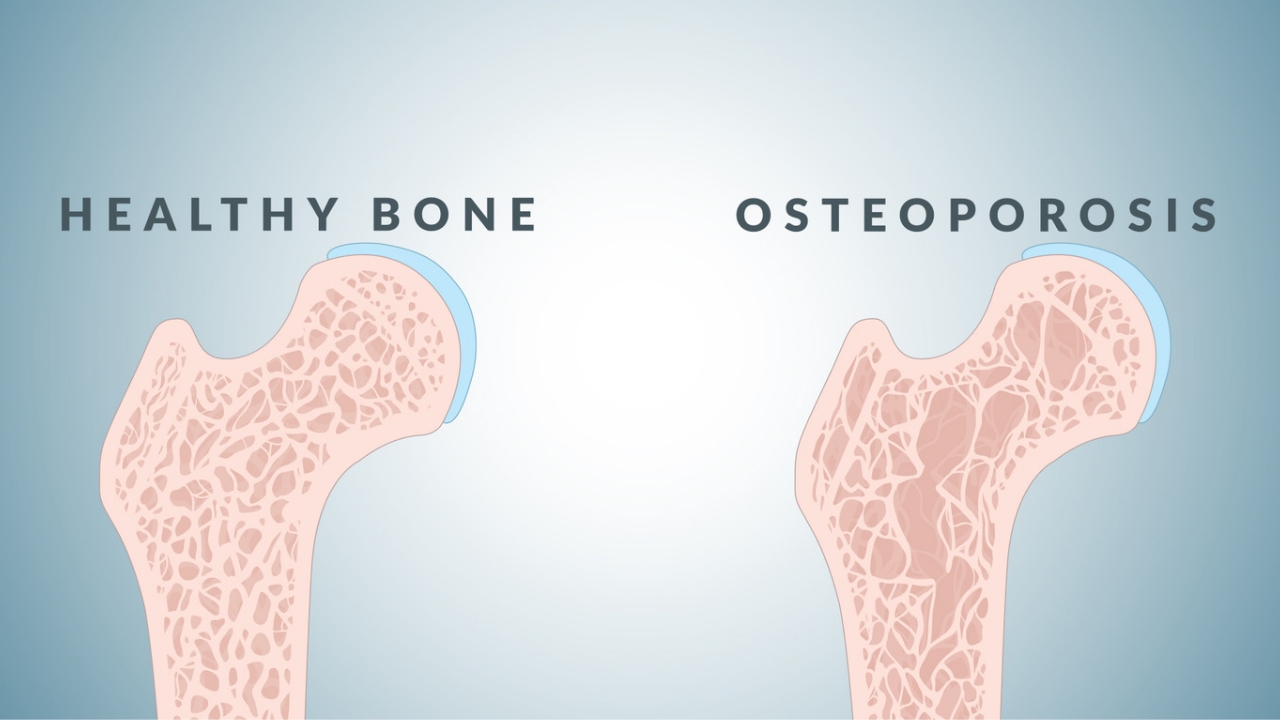The following are some facts concerning osteoporosis.
It’s a bone-degenerative illness that can be brought on by a lack of calcium, vitamin D, oestrogen, or a bad diet, and can lead to fractures. Anyone, at any time, can experience it.
Women are four times more likely than males to develop osteoporosis, according to the National Institute of Health (NIH). When women enter menopause, their ovaries stop generating oestrogen, and the condition progresses more quickly.
The doctor says that it is a silent condition that might go unnoticed if the early signs and symptoms are ignored, which include:
Pain while walking, climbing stairs, bending, and even coughing;
Fractures in bones after a slight accident;
Discomfort while walking, climbing stairs, bending, and even coughing;
Pain, particularly in the lower body, affects the spine curvature and causes breathing issues.
Tender discomfort, deformity, arthritis,
Difficulty performing daily chores.
Other signs and symptoms include joint discomfort, muscle soreness or weakness, and a disturbance in body equilibrium.
There are a variety of reasons why women experience bone-related difficulties or injuries after menopause, but nearly half of them are secondary causes of postmenopausal osteoporosis.
Poor diet
Excessive alcohol and smoke intake
Genetically inherited
Body size (women with small bones are more vulnerable)
Hormone changes
Secondary causes
Diabetes
Deficiencies in vitamins
Endocrine disorders
Cushing’s disease
Celiac disease
Liver disease
HIV infection
A few treatments for postmenopausal osteoporosis include:
1. Calcium deficiency- It is one of the leading causes of bone problems and fractures. With increasing age, it is critical to ensure that the body’s calcium supply is adequate.
2. Vitamins and nutrients: Vitamin D, K, magnesium deficiency, as well as adequate intake of other essential nutrients, reduce the risk of fractures and improve muscle strength.
3. Lifestyle: Incorporating healthy habits, diet, and exercise into one’s daily routine can help to improve BMD, body balance, and muscle power.

 हिंदी
हिंदी






